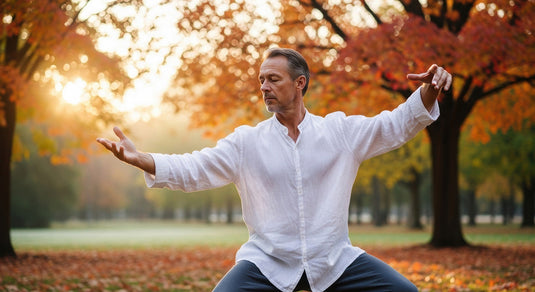“If people exercise their bodies, the hundred ills cannot arise.”
Sun Simiao, 7th century CE
A significant (and very long!) report by the US Physical Activity Guidelines Advisory Committee has just been published. It accumulates all the available evidence on the physical, mental and emotional benefits of exercise. A short snapshot is that exercise benefits every aspect of human health and quality of life, that any amount of physical activity is better than none, and that the greatest benefits in increasing the amount of activity performed are seen in those who currently do little or none.
Reduction in disease risk
Regular physical activity reduces the risk of a wide range of cancers (breast, colon, bladder, endometrium, oesophagus, kidney, lung and stomach). It also reduces the risk and/or rate of progression of heart disease, stroke, dementia, osteoarthritis, high blood pressure and type 2 diabetes.
Sleep
Regular physical activity improves sleep (better quality, deeper, easier to get to sleep, easier to get back to sleep after waking in the night, reduction of daytime sleepiness).
Mood and mental health
- Regular physical activity improves cognition (including memory, processing speed, attention, and academic performance).
- Regular physical activity reduces the risk of depression and reduces the severity of depression in the depressed.
- Regular physical activity reduces the symptoms of both acute and chronic anxiety.
Physical function
Regular physical activity improves our ability to perform normal everyday activities, increases our energy levels and reduces fatigue. In a virtuous circle, this greater energy allows us to perform more everyday physical activity.
Balance
Regular physical activity improves balance and reduces the risk of falling.
Immediate effects
A single bout of physical activity reduces blood pressure and improves insulin sensitivity, sleep, anxiety levels and cognition on the day it is performed.
Weight
Regular physical activity can prevent or minimise weight gain and prevent obesity in adults and children. In children as young as three, physical activity strengthens bones.
Quantity
The previous 2008 report by the same committee proposed that a minimum level of 150 to 300 minutes of moderate-to-vigorous physical activity a week was required to see benefits. The new report suggests that inactive people can reap benefits at lower levels (in fact at almost any level). This lowering of the bar ties in with the growing realisation that simply moving more during the day is really good for us.
Outside the box
The report acknowledges the benefits of activities “whose origins lie outside of Western culture”, for example yoga, tai chi and qigong. It recognises that they “typically combine muscle-strengthening, balance training, light-intensity aerobic activity, and flexibility in one package. Some variations of yoga, tai chi, and qigong emphasize relaxation, meditation, or spirituality as well. As a result, are sometimes referred to as “mind-body” activities.” Given that 36 million Americans practise yoga, and several million practise tai chi or qigong, it’s clear that people are voting with their feet and that these forms of exercise need to be studied equally alongside things like jogging and gym.





